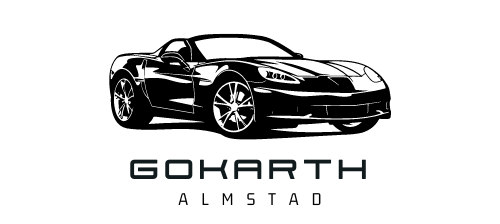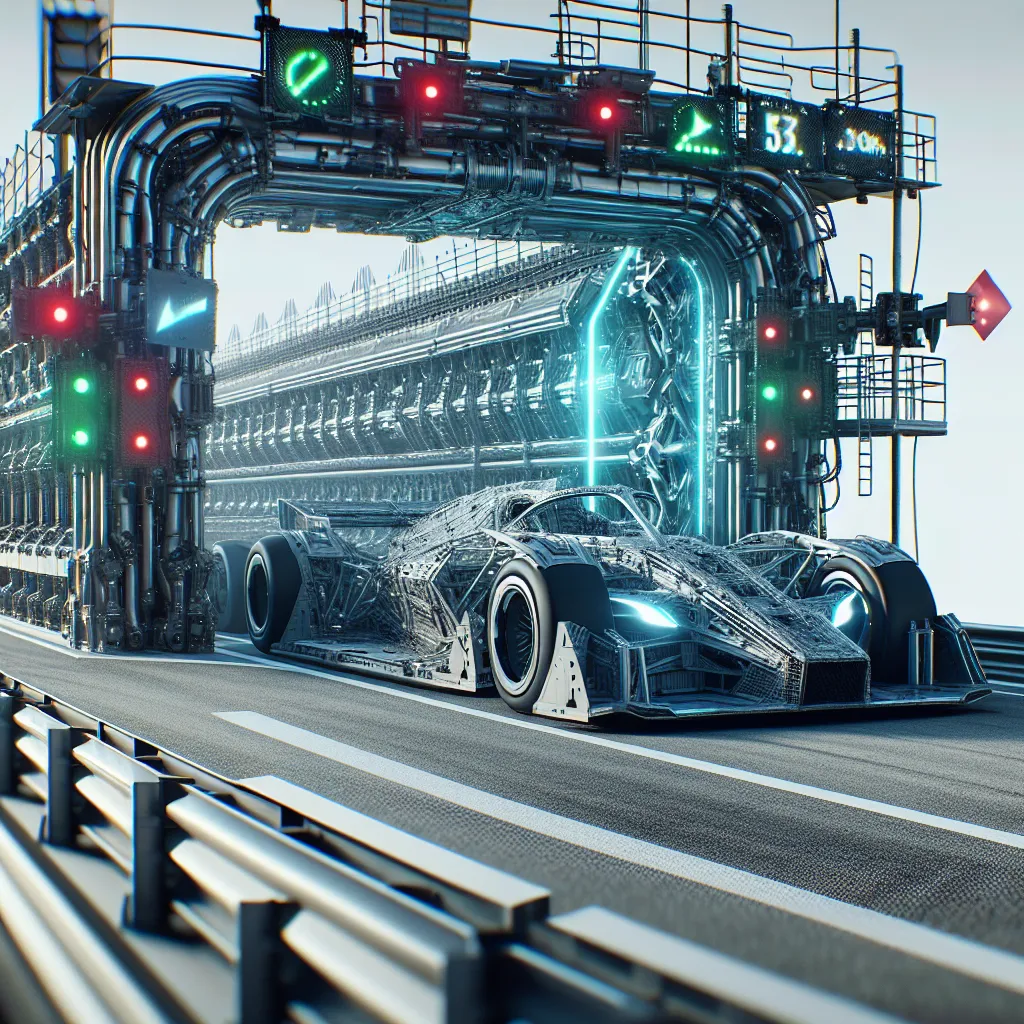Impact-Resistant Barrier Technology: Enhancing Track Safety
Impact-resistant barrier technology has revolutionized track safety in racing, significantly enhancing protection for both drivers and spectators. These innovative barriers are designed to absorb and dissipate the energy of a high-speed impact, effectively reducing the force experienced by the driver or vehicle. By utilizing materials such as high-strength steel, carbon fiber, and specially engineered composites, these barriers offer superior strength and durability.
One of the most prominent examples of impact-resistant barrier technology is the use of energy-absorbing barriers around race tracks. These barriers, often filled with foam or designed with collapsible structures, are strategically placed in areas where high-impact collisions are likely to occur. In the event of a crash, these barriers absorb and disperse the kinetic energy, minimizing the risk of severe injuries to drivers and reducing the likelihood of debris penetrating the barrier and endangering spectators.
Moreover, advancements in barrier technology have led to the development of flexible and modular barrier systems that can be tailored to different track configurations. This flexibility allows race organizers to adapt safety measures to specific track layouts, maximizing the effectiveness of the barriers in mitigating potential hazards.
As the racing industry continues to prioritize safety, the ongoing evolution of impact-resistant barrier technology plays a crucial role in safeguarding the lives of drivers and spectators, exemplifying the commitment to continual improvement in track safety standards.
Advanced Helmet Designs: Prioritizing Driver Protection
Advanced helmet designs are playing a crucial role in prioritizing driver protection in racing. With technological innovations and advancements in materials, racing helmets have evolved to provide unmatched levels of safety for drivers. These advanced designs prioritize impact protection, fire resistance, and overall durability.
One key innovation in racing helmet design is the introduction of energy-absorbing materials, such as expanded foam liners, to mitigate the impact forces during crashes. Additionally, the integration of advanced composite materials like carbon fiber has significantly enhanced the structural integrity of helmets while keeping them lightweight.
Furthermore, advancements in aerodynamics have not only improved helmet performance but also reduced the chances of neck and head injuries. The incorporation of wind tunnel testing and computational fluid dynamics has led to the development of helmet designs that minimize buffeting and aerodynamic lift, thus enhancing overall safety for drivers.
Moreover, helmet manufacturers are increasingly focusing on enhancing visibility and ventilation without compromising safety. Anti-fog visors, improved airflow systems, and innovative ventilation designs contribute to providing drivers with clear visibility and comfort during races.
As racing continues to push the boundaries of speed and performance, advanced helmet designs play a pivotal role in safeguarding the lives of drivers. These innovations underscore the relentless commitment to advancing safety in motorsports, ensuring that drivers can pursue their passion with the highest levels of protection.
Cutting-Edge Spectator Area Safety Measures
One of the most crucial aspects of safety innovations in racing is the implementation of cutting-edge spectator area safety measures. The protection of both drivers and spectators is paramount in the high-speed world of motor sports. In recent years, there has been a significant focus on developing state-of-the-art technologies and strategies to enhance spectator safety at racing events.
Advanced barriers and fencing systems have been introduced to create a safer environment for spectators, minimizing the risk of debris intrusion in the event of on-track incidents. These barriers are designed to withstand high impacts and effectively contain any potential hazards, thereby safeguarding the viewing areas. Furthermore, extensive research and testing have led to the use of innovative materials that offer enhanced protection while ensuring maximum visibility for spectators.
In addition to physical barriers, cutting-edge spectator area safety measures also encompass advanced monitoring and warning systems. High-tech sensors and surveillance equipment are deployed to continuously assess the surrounding areas for any signs of potential danger. This proactive approach enables event organizers to swiftly address any safety concerns and, if necessary, take immediate preventive action to protect spectators.
Moreover, the integration of virtual reality (VR) technologies has revolutionized the spectator experience by offering immersive safety training simulations. This innovative approach allows spectators to familiarize themselves with emergency procedures and evacuation protocols, thus empowering them to respond effectively in case of unforeseen circumstances.
Overall, the implementation of cutting-edge spectator area safety measures represents a significant advancement in ensuring the well-being of racing event attendees. Through a combination of robust physical safeguards and advanced technological solutions, the aim is to create a secure and enjoyable environment for spectators to witness the excitement of motorsports while minimizing potential risks.

